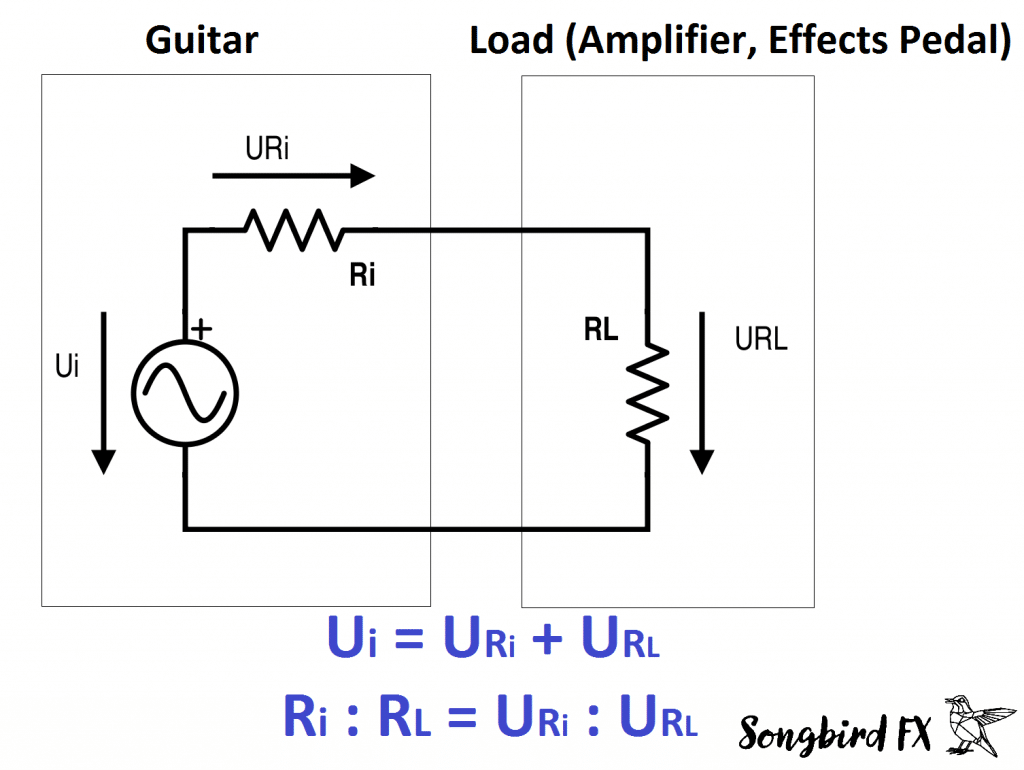How Does Internal Resistance Affect Voltage
Along with the the developed emf an electric cell and battery also have some internal resistance which in tern effect s it s terminal voltage.
How does internal resistance affect voltage. Li ion has higher resistance at full charge and at end of discharge with a big flat low resistance area in the middle. Vt and rt are the voltage and resistance for the whole circuit including external and internal resistance therefore the 9ω resistor gets v ir 0 2 x 9 1 8vso this 2v emf cell actually supplies 1 8v to the external circuit example 2 now swap the 9ω. Alkaline carbon zinc and most primary batteries have a relatively high internal resistance and this limits their use to low current applications such as flashlights remote controls portable entertainment devices. Thus the voltage of the battery is related to its emf and internal resistance via 133 now we usually think of the emf of a battery as being essentially constant since it only depends on the chemical reaction going on inside the battery which converts chemical energy into electrical energy so we must conclude that the voltage of a battery actually decreases as the current drawn from it.
In this case the voltmeter will measure a slightly lower voltage than it would if its internal resistance were infinite. A voltmeter with non infinite internal resistance i e. With all batteries soc affects the internal resistance. To find v the terminal pd or the voltage available to the external circuit calculate the current i for the whole circuit note.
Figure 1 demonstrates the voltage signature and corresponding runtime of a battery with low medium and high internal resistance when connected to a digital load. Similar to a soft ball that easily deforms when squeezed the voltage of a battery with high internal resistance modulates the supply voltage and leaves dips reflecting the load pulses. The voltage output of a device is called its terminal voltage v and is given by v emf ir where i is the electric current and is positive when flowing away from the positive terminal of the voltage source.


















